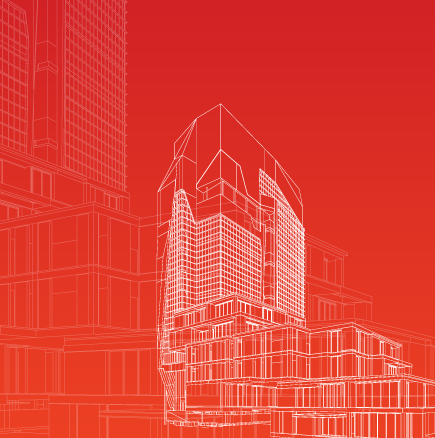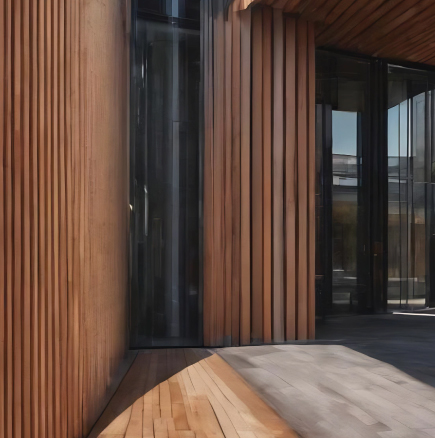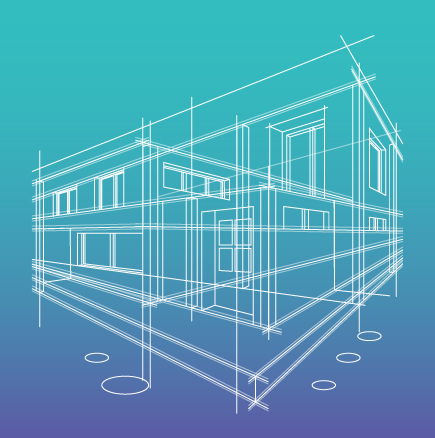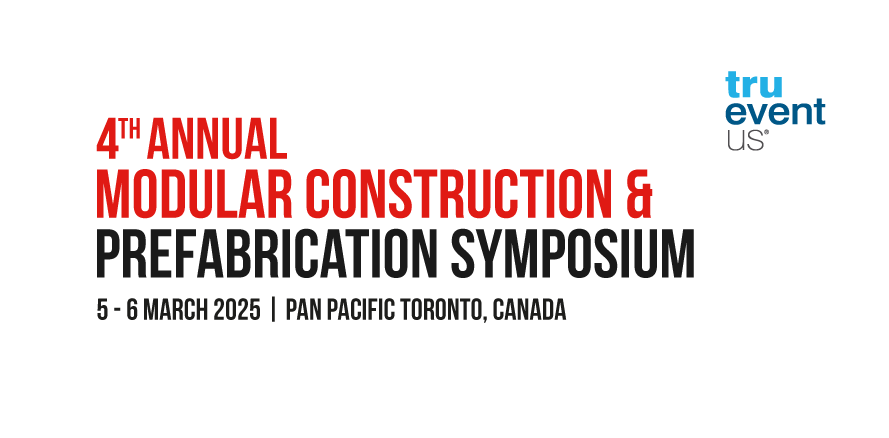UPCOMING EVENTS
 Military UAV & Air Defense Systems
Military UAV & Air Defense Systems
4 – 5 February 2026 | JW Marriott Hotel Kuala Lumpur, Malaysia
As global and regional security dynamics grow increasingly complex, the importance of advanced air defense systems and military UAVs has surged to the forefront of national defense strategies.
 5th Annual Modular Construction & Prefabrication Symposium
5th Annual Modular Construction & Prefabrication Symposium
4 – 5 March 2026 | Pan Pacific Toronto, Canada
With an estimated 3.6 million new homes needed by 2035, averaging 300,000 units annually modular construction and prefabrication stand out as the most effective and efficient solutions to tackle Canada’s housing crisis.
 Virtual Design & Construction (VDC)
Virtual Design & Construction (VDC)
4 – 5 March 2026 | Pan Pacific Toronto, Canada
The Canadian Architecture, Engineering, Construction, and Operations (AECO) industry is at a critical juncture in its Virtual Design & Construction (VDC) adoption.
 3rd Annual Mass Timber Construction
3rd Annual Mass Timber Construction
4 – 5 March 2026 | Pan Pacific Toronto, Canada
The global mass timber construction market was valued at USD 1 billion in 2023 and is projected to grow at a compound annual growth rate (CAGR) of 8% from 2024 to 2033, reaching USD 2.15 billion by 2033.
 3rd Annual Affordable Housing
3rd Annual Affordable Housing
4 – 5 March 2026 | Pan Pacific Toronto, Canada
As of 2024, approximately 40% of renter households in Toronto spend over 30% of their income on housing, exceeding the widely accepted affordability threshold.
 5th Annual Modern Methods of Construction
5th Annual Modern Methods of Construction
11 – 12 March 2026 | Royal on the Park Hotel, Brisbane, Australia
Modern Methods of Construction (MMC)—including modular, prefabricated, and precast systems—are emerging as critical solutions, cutting onsite labour needs by up to 50% and reducing construction timelines by 30–50%.
 Affordable Housing
Affordable Housing
11 – 12 March 2026 | Royal on the Park Hotel, Brisbane, Australia
In Brisbane, affordable housing remains a fundamental priority in urban planning, responding to the increasing demand for equitable and inclusive living in one of Australia’s fastest-growing cities.









